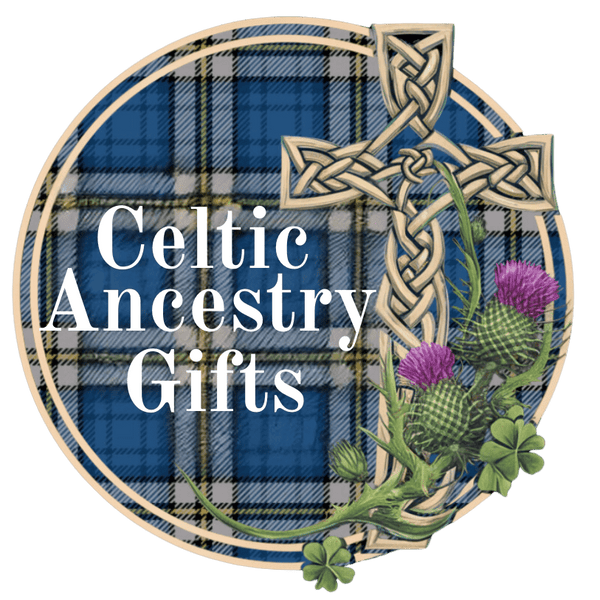A History of the Scottish Clan Spalding: From Ancient Origins to Modern Times
Share
The Ancient Origins of Clan Spalding
The history of Clan Spalding is deeply entwined with the rich tapestry of Scottish history, stretching back centuries to the era of the early Gaelic kingdoms. The name "Spalding" is believed to have originated from the Old Norse word "Spaldingr," meaning "descendant of Spalding." This suggests a Viking connection, with the first members of the clan possibly arriving in Scotland during the Viking Age.
The earliest documented record of the Spaldings appears in the 12th century. A member of the clan, known as "Spalding of the Hill," held lands in Aberdeenshire, a region that would become synonymous with the clan's history. Over time, the Spaldings gradually consolidated their power in the area, becoming one of the most prominent and influential clans in the north-east of Scotland.
The Clan's Rise to Power and Notable Members
The 14th and 15th centuries were a period of significant growth for Clan Spalding. During this era, the clan played a key role in the Wars of Scottish Independence, fighting alongside the Scottish monarchs against the English. Notable figures from this period include:
- Sir John Spalding (1375-1435): A renowned warrior and diplomat who served King James I of Scotland.
- Sir William Spalding (1440-1480): He was a prominent figure in the court of King James III, serving as Lord High Treasurer of Scotland.
The Spaldings' loyalty to the Scottish Crown earned them the respect and trust of the monarchs. Their influence spread beyond the battlefield, as they played an active role in local government and the administration of justice in their territories.
The Clan's Legacy and Modern Times
The 16th and 17th centuries witnessed a period of change for Clan Spalding. The clan's power was challenged by the rise of the Scottish Crown and the turbulent political landscape. Despite these challenges, the Spaldings continued to hold significant influence in Aberdeenshire. The clan's historical seat, the ancient castle of Spynie in Moray, served as a symbol of their enduring legacy.
Today, Clan Spalding continues to be a vibrant and active clan, with members scattered around the world. The clan society, based in Scotland, actively promotes the history and traditions of the Spaldings. The clan crest, featuring a silver wolf's head on a red field, continues to serve as a powerful symbol of the clan's proud heritage.
The history of Clan Spalding is a testament to the resilience and strength of a clan that has endured through centuries of change. From their Viking origins to their present-day global presence, the Spaldings have played a significant role in shaping the history and culture of Scotland. Their legacy continues to inspire pride and a sense of belonging among their descendants around the world.
**Please note:** This article provides a general overview of Clan Spalding's history. For more detailed information, it is recommended to consult reputable sources on Scottish clan history, including the work of clan historians and genealogists.
https://celticancestrygifts.com/pages/rapid-search-results?q=history+of+scottish+clan+spalding
